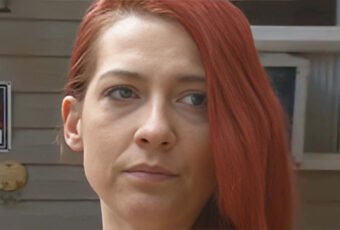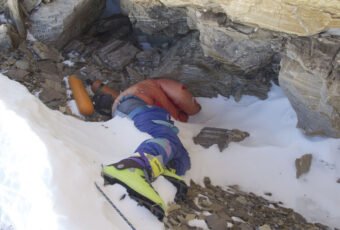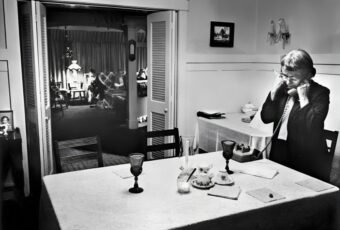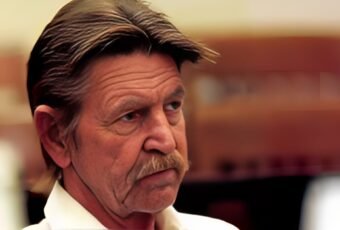Over its history, at least 140 people died trying to cross the Berlin Wall. If you know one thing about the fall of the Berlin Wall, it might be the President, Ronald Reagan saying Mr. Gorbachev, tear down this wall or the supporters jumping and breaking the wall. The fall of the Berlin Wall, on November 9, 1989, was a pivotal event in world history.
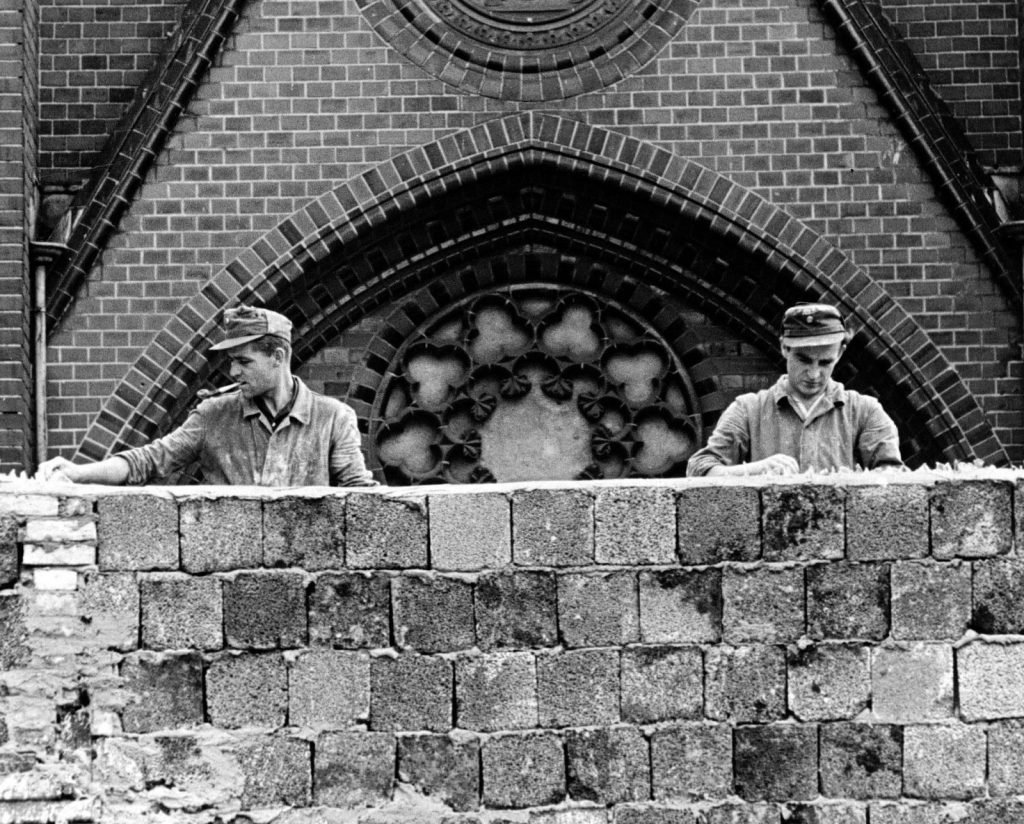
What really happened?
After Nazi Germany got defeated in World War II, the country was divided into four parts and each part was controlled by a separate power. The United Kingdom, Soviet Union, France, and the United States later turned into two new countries being formed.

Democratic West Germany and Soviet controller communist East Germany, officially named as the German Democratic Republic or GDR.
The Partition of Germany
After the partition, West Germany prospered as a free society and industrious member of Europe, thousands of people started migrating from East to West Germany in search of a better life and new opportunities.
This didn’t sit well for East Germany or German Democratic Republic(GDR) and they erected a barrier along the Inner German Border separating East and West Germany with barbed wires, guarded check posts and in mines in some places.
but there was a loophole. – in Berlin.
Berlin
Even though the German capital was well inside the Soviet zone, the allies divided control of it equally to match the rest of the country.
Similar to when East and West Germany formed, the formation of East and West Berlin took place in 1949.
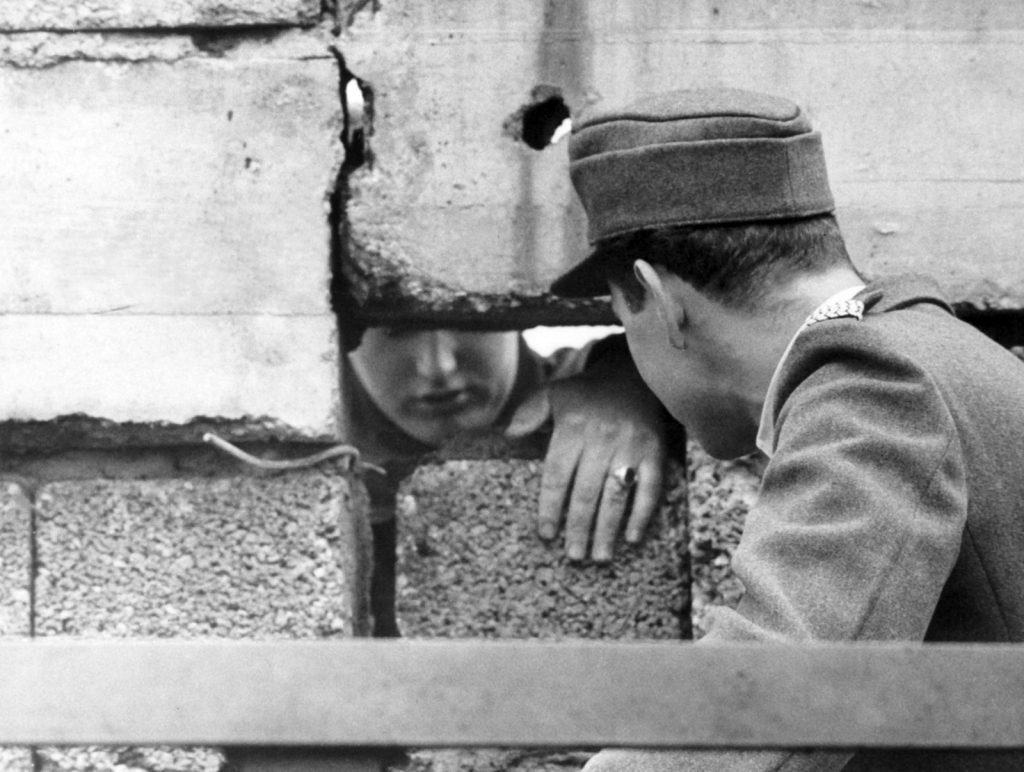
While Germany was divided into parts using barbed wires and check posts but the Belin has no physical border dividing it. People in East Germany would simply walk and take public transportation to the western part of the city and travel freely from there.
As a result, 3.5 million people fled from East Germany to the West in 1961, with the majority of people being young and well educated.
But the loophole closed on August 13th, 1961, when the people saw soldiers standing on the line dividing East and West Berlin. Berlin had even worse fate than Germany and the city was divided into two and the Berlin Wall was formed.
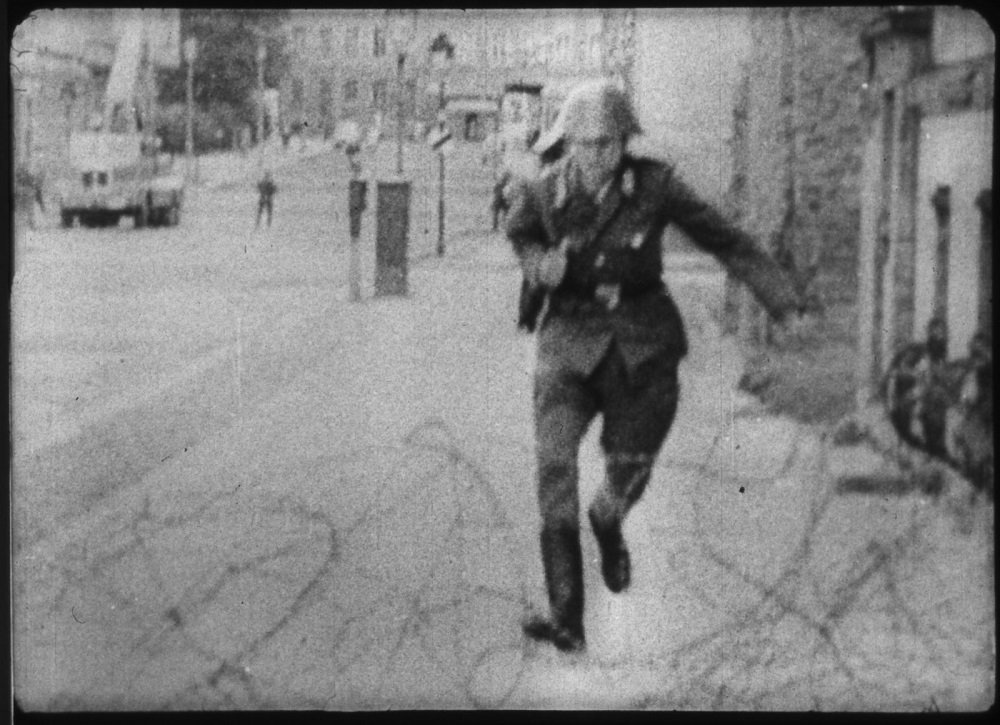
Brick by Brick, unitl no contact but a friendly wave.
Reporter
No one was allowed out of East Berlin and no one could leave unless they met strict requirements.
Orders were to shot if someone tried to cross the barriers illegally and the situation remained for 28 years until 1989.
The Fall of the Berlin Wall
Mikhail Gorbachev, Soviet Leader had introduced social reforms meant to relax oppressive practices and open up a discourse between people and government.
The changes unintentionally sparked a massive peaceful uprising throughout Eastern Bloc Countries, including East Germany and Freedom of Expression and freedom to travel, were the two key demands.
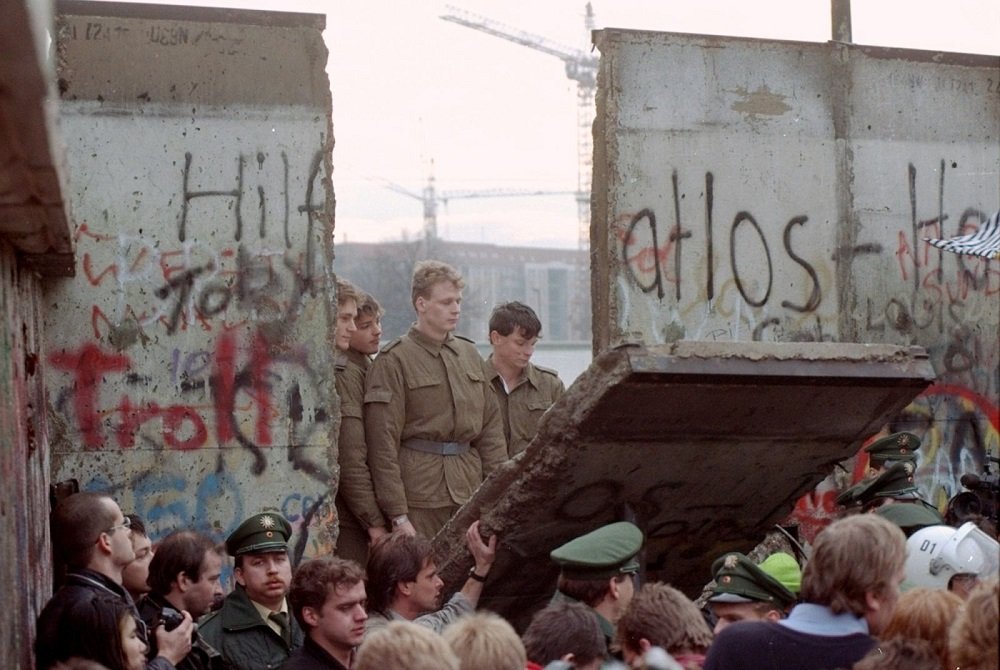
GDR was pressured to loose travel restrictions as Hungary and Czechoslovakia, relaxed their border laws prompting a mass southward exodus of East Germans.
By the time over 400,000 East Germans have traveled to the embassy in Prague, hoping to travel to West.
GDR was in a crisis and lifting the travel ban was one way they thought they could quell protests and make people happy.

On November 8th, 1989, GDR official Gerhard Lauter was tasked with drafting looser travel regulations so that it can release the pressure temporarily.
The new rules were out the next day and handled to GDR spokesperson Gunter Schabowski but the spokesperson had no time to review them before sitting in front of cameras and he read the relaxed travel laws for the first time.
Private trips abroad can now be applied for without prerequisites, conditions or family relationships.
When a journalist asked a simple follow-up question the spokesperson got confused and started shuffling his papers, “When does this go into effect?”, the journalist asked to which Schabwoski replied “immediately. Without delay”.
If he had times to review the papers he would have realized that the orders will be applied on the following day 10 November 1989 when the passport offices were open.
At 7:05 PM GDR opened the borders and East Berlin people began gathering at the wall and security officers tried to let them through slowly.
The final nail in the coffin is when the news reporter at 10 PM announced that the gates for West Germany are now wide open.
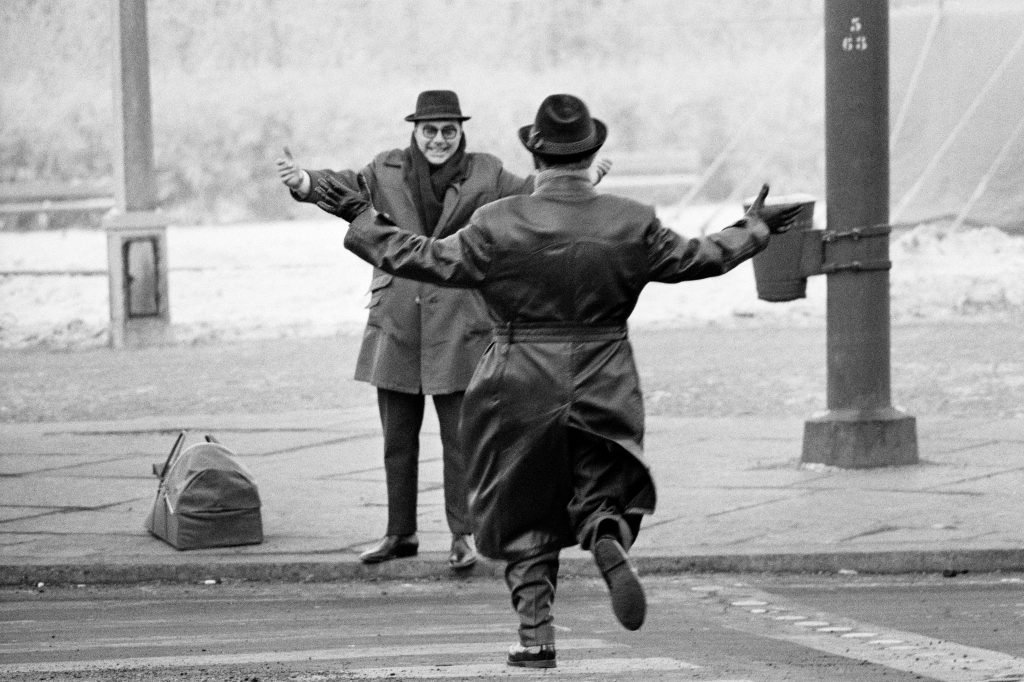
On 21 November 1989, Crosby, Stills & Nash performed the song “Chippin’ Away” from Graham Nash’s 1986 solo album Innocent Eyes in front of the Brandenburg Gate.

